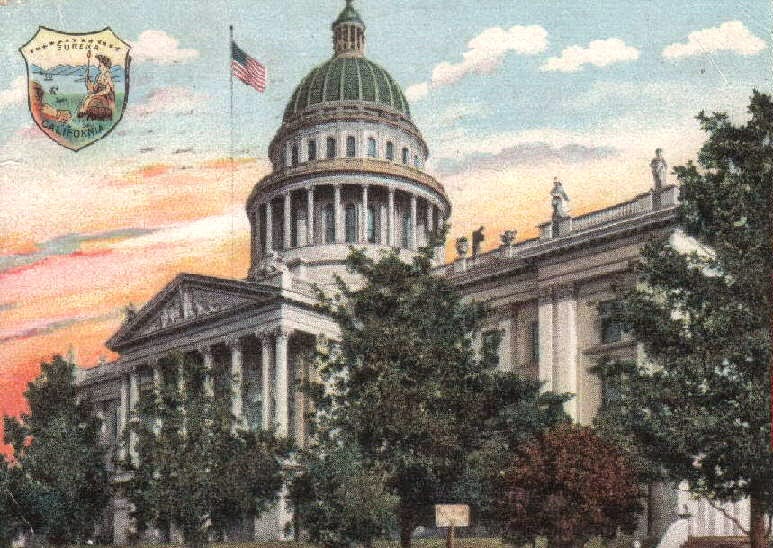I am glad to hear that regulatory reform and rescission of costly banking burdens are getting some rollback.
Dodd-Frank reform legislation passed earlier this week.
What did the Heritage Foundation have to say about it, though?
There is good in the latest reform:
- Limited regulatory off-ramp for some banks with less
than $10 billion in total assets. This
provision, known as a community bank leverage ratio, would
exempt certain small banks from the risk-weighted capital
requirements first imposed in the 1980s. - Safe harbor for ability to repay rules. Under Dodd-Frank, only mortgages that meet a certain
set of requirements (qualified mortgages) automatically meet the ability
to repay standard (have a safe harbor). The Senate bill provides a
qualified mortgage safe harbor for banks with less than $10 billion in
total assets that hold mortgages on their books rather than sell them into
the secondary market (where they are packaged into mortgage-backed
securities by companies such as Fannie Mae and Freddie Mac). - Stress testing relief. The Senate bill would decrease the number of
scenarios—from three to two—that must be included in both Fed-conducted
and company-conducted stress tests, and also changes the
frequency for company-run tests, from “annual” to “periodic.” - Volcker Rule relief. The Volcker rule ostensibly prohibits banks from what
is called “proprietary trading”—trading for their
own accounts rather than on behalf of clients. 2155 provides an exemption
from this rule for banks with assets less
than $10 billion and with total trading assets and liabilities not
exceeding more than 5 percent of their total assets. - Higher SIFI threshold.
Under Dodd-Frank, banks with $50 billion or more in assets are subjected
to enhanced supervision and regulatory standards on the theory that their
failure would cause widespread economic harm. These banks are commonly
referred to as systemically important financial institutions, or SIFIs.
Section 401 of the Senate bill would raise that threshold to $250 billion,
but with several major caveats.
The reforms proferred and the rollbacks enacted are OK.
But there is much to be desired.
The legislation does not get rid of the misnamed Consumer Financial Protections Bureau, for starters. How about allowing more free enterprise and competition to challenge and undo the bad banking practices? FDIC regulations are making it all too easy for banks to overleverage their assets, too.
Banking is a risky business for consumers largely because of fractional reserve banking. These institutions ultimately create money when they lend out funding for other projects, yet the actual cash stock is not in the bank to begin with. How can Congress regulate this problem?
What are the consequences for doing so?
Can Congress achieve lasting reforms on more pertinent issues, too, like immigration and national security? What about the national debt and the entitlement strains which are dead-set to bankrupt this country?
